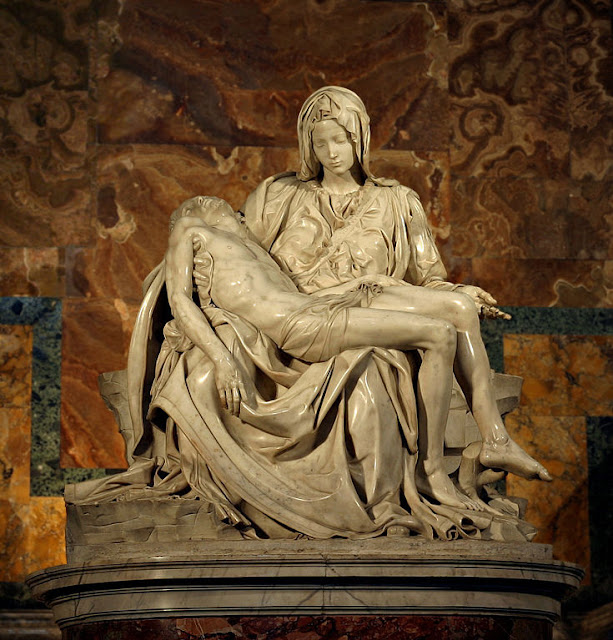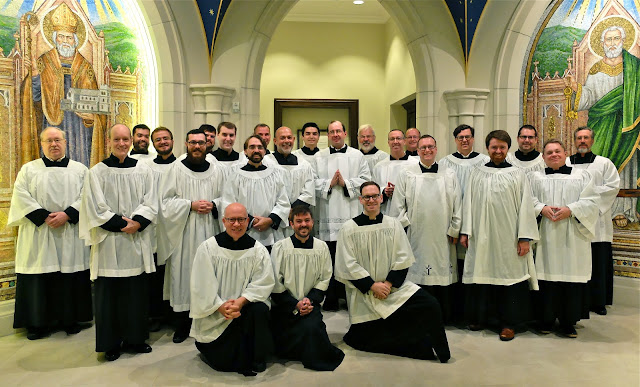A Brief History of Guilds
Guilds—from an article at New Advent
Guilds were voluntary associations for religious, social, and commercial purposes. These associations, which attained their highest development among the Teutonic nations, especially the English, during the Middle Ages, were of four kinds:
- religious guilds;
- frith guilds;
- merchant guilds; and
- craft guilds.
The word itself, less commonly, but more correctly, written gild, was derived from the Anglo-Saxon gildan meaning "to pay", whence came the noun gegilda, "the subscribing member of a guild". In its origin the word guild is found in the sense of "idol" and also of "sacrifice", which has led some writers to connect the origin of the guilds with the sacrificial assemblies and banquets of the heathen Germanic tribes. Brentano, the first to investigate the question thoroughly, associating these facts with the importance of family relationship among Teutonic nations, considers that the guild in its earliest form was developed from the family, and that the spirit of association, being congenial to Christianity, was so fostered by the Church that the institution and development of the guilds progressed rapidly. [...]
In England
The earliest traces of guilds in England are found in the laws of Ina in the seventh century. These guilds were formed for religious and social purposes and were voluntary in character. Subsequent enactments down to the time of Athelstan (925-940) show that they soon developed into frith guilds or peace guilds, associations with a corporate responsibility for the good conduct of their members and their mutual liability. Very frequently, as in the case of London in early times, the guild law came to be the law of the town. The main objects of these guilds was the preservation of peace, right, and liberty. Religious observances also formed an important part of guild-life, and the members assisted one another both in spiritual and temporal necessities. The oldest extant charter of a guild dates from the reign of Canute, and from this we learn that a certain Orcy presented a guild-hall (gegyld-halle) to the gyldschipe of Abbotsbury in Dorset, and that the members were associated in almsgiving, care of the sick, burial of the dead, and in providing Masses for the souls of deceased members. The social side of the guild is shown in the annual feast for which provision is made. In the "Dooms of London" we find the same religious and social practices described, with the addition of certain advantageous commercial arrangements, such as the establishment of a kind of insurance-fund against losses, and the furnishing of assistance in the capture of thieves. These provisions, however, are characteristic rather of the merchant guilds which grew up during the latter half of the eleventh century.
See also:
Guilds | Voluntary associations for religious, social, and commercial purposes

.jpg)





Comments
Post a Comment
Your comments will be appreciated and posted if 1) they are on topic and 2) preserve decorum.
Stand by your word.